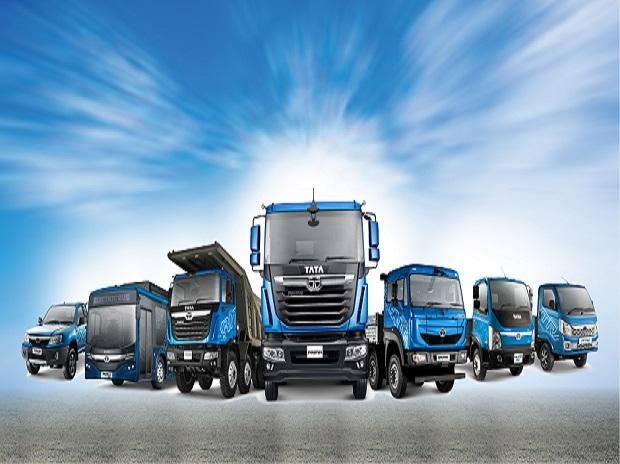Modern infrastructure projects demand more than blueprints and materials; they require dependable transport to ensure every component reaches its destination on time. In South Africa, the efficiency of construction and development projects relies heavily on vehicles that can handle demanding loads and diverse terrains.
Here are the reasons to consider solutions from TATA Motors when it comes to supporting infrastructure needs:
Meeting the needs of large-scale projects
Every major building site depends on the reliable flow of cement, steel, and prefabricated materials. A well-designed commercial vehicle ensures that these supplies are transported safely and on schedule. By reducing downtime on deliveries, project managers can maintain control over timelines and avoid unnecessary costs.
Strength to carry heavy consignments
Urban expansion and rural development necessitate vehicles that can efficiently manage bulk cargo. Heavy-duty vehicles are built for endurance, featuring powerful engines and reinforced chassis that enable them to transport a vast range of materials, from construction machinery to raw materials, with ease. Their durability makes them an asset in long-term projects where consistency is crucial.
Adaptability for different terrains
South Africa’s landscape varies greatly, from smooth highways to unpaved rural tracks. Construction often takes place in areas with limited road access, making vehicle resilience essential. A dependable commercial vehicle with robust suspension and stability features ensures that materials arrive safely, no matter the environment. This adaptability enables projects to move forward even in less accessible regions.
Fuel efficiency for long-term savings
Operating large fleets can significantly increase project costs. The latest heavy-duty vehicles combine power with improved fuel economy, lowering operating expenses while still delivering consistent performance. This efficiency supports project budgets and allows developers to allocate resources where they matter most, such as labour and equipment. Over time, reduced fuel consumption also promotes environmental sustainability goals.
Safety for drivers and cargo
Moving construction materials involves risks, particularly when transporting oversized or valuable loads. Vehicles equipped with advanced braking systems, strong frames, and reliable steering mechanisms protect both drivers and cargo. These safety features contribute to smoother project execution and greater confidence among workers who depend on reliable equipment.
Supporting employment and skills
Reliable transport does more than move goods; it creates opportunities for skilled drivers, technicians, and support staff. With demand for commercial vehicles rising across South Africa, the sector plays a role in job creation and skill development. Local communities benefit from training, maintenance, and steady employment opportunities associated with these fleets.
Ensuring continuity in public works
From roads and bridges to hospitals and schools, construction projects shape the future of South Africa. Timely delivery of materials using heavy-duty vehicles helps reduce delays, ensuring that communities gain quicker access to essential infrastructure. Reliable transport is therefore not just a business tool, but a driver of long-term social development.
Conclusion
By providing strength, efficiency, and adaptability, these vehicles are central to South Africa’s progress. They carry the resources that turn plans into reality, ensuring infrastructure projects continue to meet the needs of people across the nation.





Comments